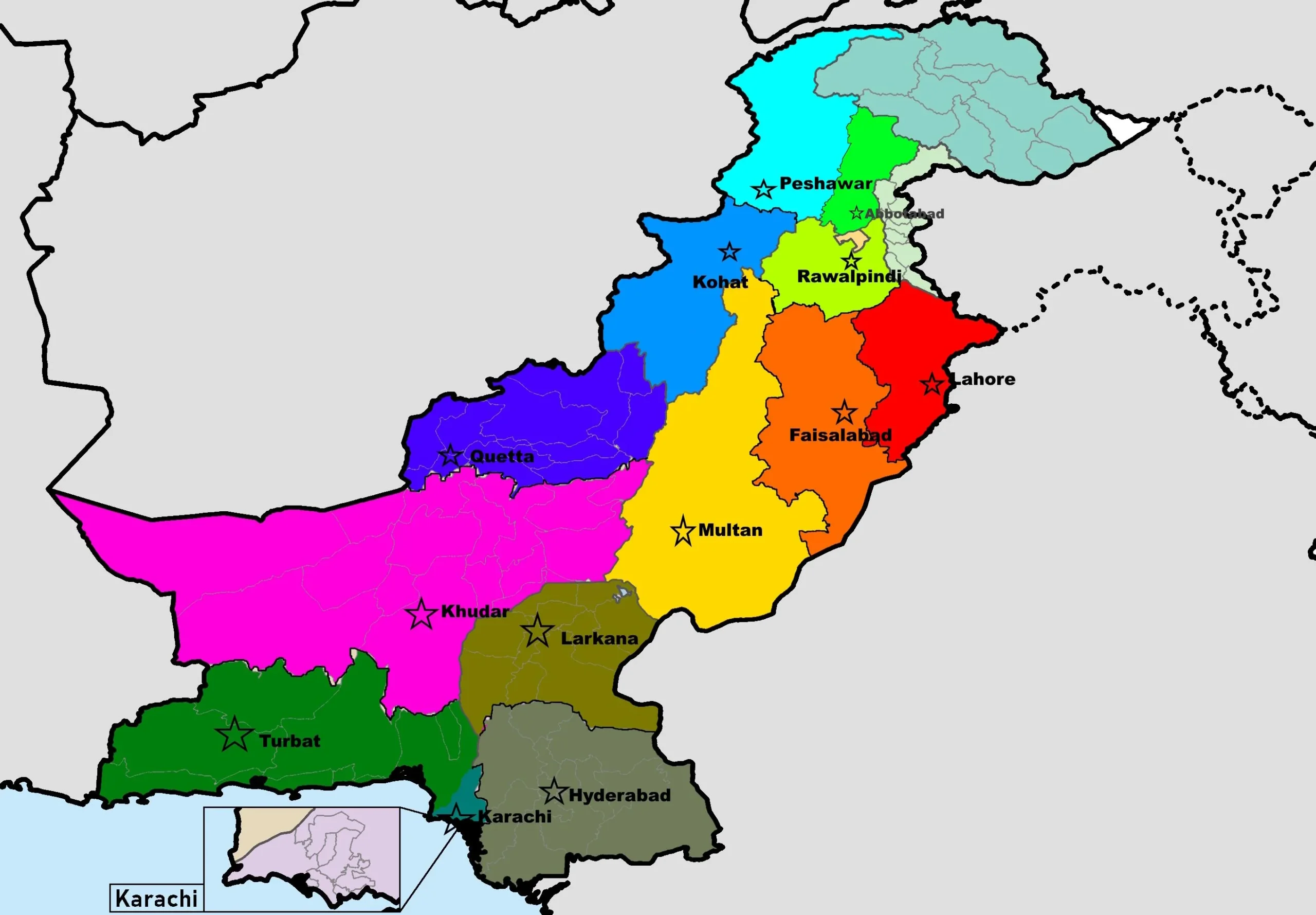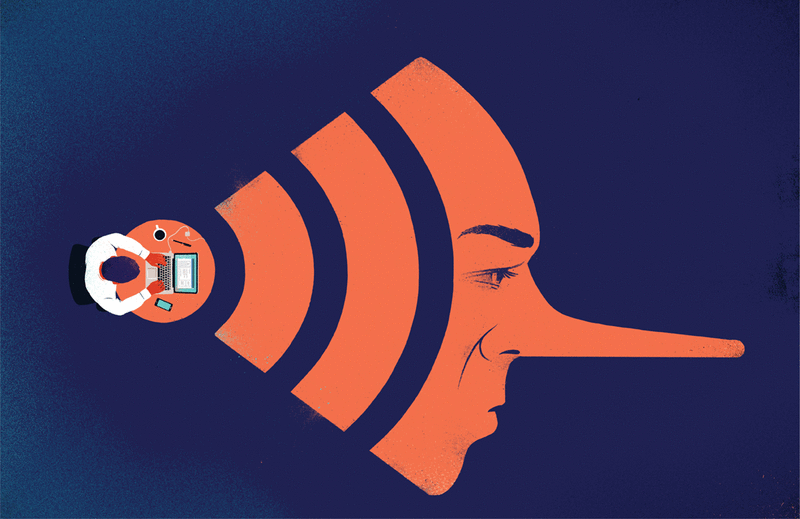By Dr Aamir Ejaz: Healthcare in Pakistan: A Critical Need for Reform
In Pakistan, access to basic healthcare remains a major challenge for many citizens. Despite being the sixth most populous country in the world, Pakistan’s healthcare system is underfunded, understaffed, and poorly equipped to meet the needs of its people. This has resulted in alarmingly high rates of maternal and child mortality, a shortage of healthcare professionals, and inadequate access to basic medical services.
One of the major factors contributing to the poor state of healthcare in Pakistan is a lack of funding. The government’s investment in healthcare is among the lowest in the world, with only 1.2% of GDP allocated to the sector. This is far below the World Health Organization’s recommended minimum of 5%. As a result, healthcare facilities are often in a state of disrepair, with outdated equipment and insufficient staffing.
The acute shortage of healthcare professionals and their misallocation in big cities is crippling the healthcare system. With a population of over 220 million, the country has only 0.8 doctors per 1,000 people, compared to a global average of 2.5. This has led to long wait times for medical appointments and a lack of access to specialized care. The unintended consequence of this is burgeoning growth of sub-standard private clinics and exorbitant rates of fee that they charge from their patients. Lack of checks on private clinics and their standard of care is leading to increasing morbidity and mortality rates in the outskirts of major cities across Pakistan.
In addition to these issues, Pakistan also faces a number of specific health challenges, such as high rates of maternal and child mortality, as well as a high incidence of infectious diseases, such as tuberculosis and malaria. According to the World Health Organization (WHO), Pakistan has one of the highest rates of maternal mortality in the world, with an estimated 276 deaths per 100,000 live births. This is largely due to a lack of access to skilled birth attendants and emergency obstetric care, as well as poor living conditions and inadequate education about maternal health. Another specter haunting our young population is malnutrition and stunted growth. According to UNICEF, over 40% of children under the age of five in Pakistan are stunted, and 21% are wasted. This is due to a lack of access to nutritious food, as well as poor sanitation and hygiene, which can lead to the spread of disease.
Pakistan is also facing a growing burden of non-communicable diseases (NCDs) such as diabetes, heart disease, and cancer. According to a report from the World Health Organization (WHO), NCDs are responsible for 60% of all deaths in Pakistan, and are projected to become the leading cause of death by 2030
To address these challenges, Pakistan must take urgent action to reform its healthcare system.
- This will require a significant increase in government funding for healthcare, as well as greater investment from the private sector. Additionally, efforts must be made to improve access to healthcare in remote and underserved areas, as well as to strengthen the healthcare workforce by providing training and education for healthcare workers and incentives to attract and retain them in the country.
- Evening Consultants duty should be made compulsory in THQs and DHQs to improve the quality of care as well as for the learning of the junior doctors. Monthly grand rounds to discuss challenging cases and lessons learned from them is a healthy exercise that should be encouraged and implemented in letter and spirit.
- Companies such as Punjab Health Facilities Management Company (PJHFMC) although based on good philosophy is not needed in the presence of District Health Authorities. Instead decentralized DHAs by giving administrative and financial responsibilities to Senior Medical Officers of Rural Health Centers. RHCs can easily become community centers for 10-20 BHUs thus allowing stringent check on attendance of staff as well as provision of medicines. This will streamline Lady Health Workers work as well as improve hospitalized deliveries rate.
- Preventative care, such as promoting healthy behaviors and providing vaccinations and other preventative measures, is also critical to improving the overall health of the population. Quality control measures, such as regular audits and inspections, must also be implemented to ensure that care is provided in a safe and effective manner. Social protection programs such as EHSAAS and BISP should be made conditional on vaccination of Children and quarterly visit to nearby Basic Health Unit.
- Developing a national health plan: This would help to coordinate efforts across different sectors and levels of government to improve the overall health of the population. Frequent training of medical officers’ national health plan.
- Input of SMOs is important in devising plans for procurement of medicines as well as medical equipment’s. As its frequently observed that centralized procurement result in misallocation of funds for purchasing medicines. Funds are mostly utilized for stationary or printing items that are outdated and financially unviable.
Although Pakistan healthcare system is operationally impaired to deliver better health services, but its salvation lies in simple solutions.
Authori is a Doctor turned civil servant and Tweets @ThePseudoDr














